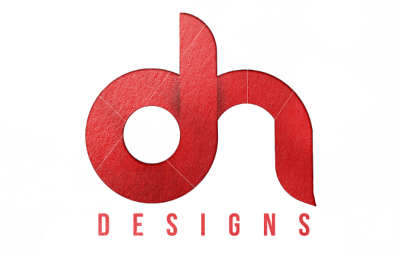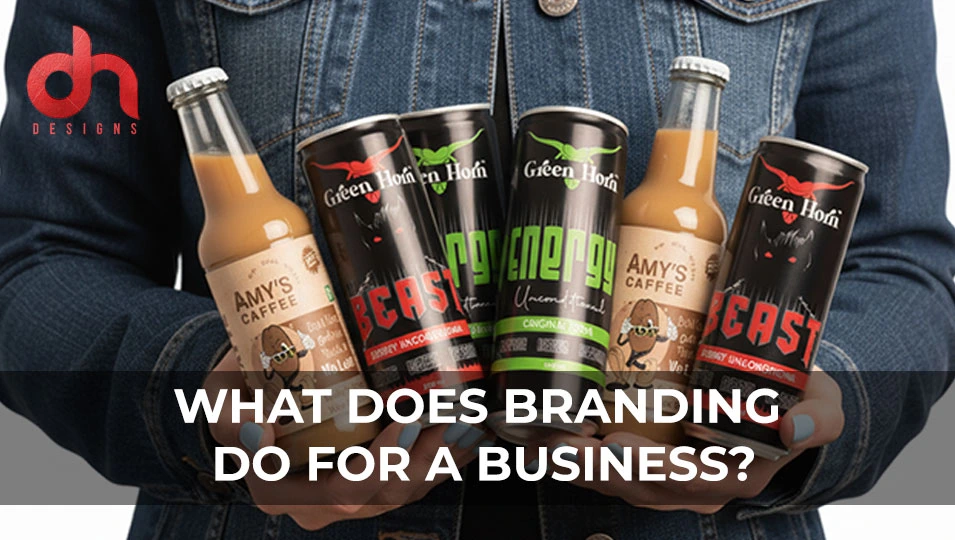In this crowded market of buyers being necessary is important for any brand. One of the most important tools to achieve good food label design. The label is mostly the main point of contact between the product and the label, making it important, affecting purchase decisions, and encouraging brand loyalty. This article shows a well-designed label can help to build strong brand loyalty, which is going to be seen from industry practices and real-life examples.
The Role of Food Label Design
Food label design is more than just to follow legal rules, It’s an important tool that shows a brand’s identity, values, and promises. A well-designed label can give quality, trust, and can attract consumers , all of that is important in building brand loyalty.
Key Points for Successful Food Label Design
Visibly Attractive:
The visible parts of a label such as colours, fonts, and photos, play an important role to attract consumers. Also minimum designs can give a feeling of luxury and quality. For example, natural food brands mostly use soil-like tones and herbal images to mark their promise to become environment friendly.
Easy to read and understand:
Consumers should be able to easily read and understand the information on the label. Clear fonts can help create a user-friendly label. Important points such as the product name, ingredients, nutritional information and expiry date should be clearly visible.
Maintaining The Brand:
It’s important for the label to present the look and message of the logo. Using different colours and fonts for logos helps in building brand value and trust. For example a brand marketing themselves as environment friendly should use natural materials and nature based design that gives a message about their motto.
Emotional Connection:
Good labels give a message or story that creates emotional response within consumers. This can be also possible by using images, by telling through small messages, or descriptions that connect with the target audience’s values and lifestyle. Storytelling can transform a simple product into their favourite brand, which gives a deep connection to consumers .
Case Study: A Successful Label Design
Consider for example an organic snack corporation, “Nature Crunch” wants to separate themselves from the highly competitive market of snacks. They shake hands with a food label design company to rebuild their packaging. Here’s how the brand new label design helped them to build brands trust:
Visibly Attractive and Different:
The new label had dark, natural colours and handmade pictures which made the product different from others on the cabinets. The visibly attractive design attracted the eyes of health lovers who loved natural products.
Clarity and Information:
The label had an easy and clean design, which made it easy to find and read important data. Ingredients were listed in a clean and simple way, and nutrients were also shown with small icons. This helped consumers to build a trust who were specific about what they were eating.
Brand Story and Values:
The label had a quick story about Nature Crunch’s promise to be environment friendly and support farmers. This story created an image of a farm and a QR code which linked to information of their manufacturing process. This storytelling technique created an emotional connection with consumers.
Consistency Across Products:
All NatureCrunch products used regular designs, which increased logo popularity. Whether it was their kale chips or quinoa bars, consumers wanted an easy way to find NatureCrunch products which built their trust.
Psychological Result of Label Design
The psychology behind label design is important to why it really works. Humans are visual people, and our brains remember images much faster than text. A visually attractive label can create a first impression in seconds. Moreover, some colours and pictures can create some emotions. For example, Green shows signs of fitness and eco-friendliness and red shows signs of hunger for food and happiness.
According to Golden West Packaging, packaging design is important to build brand trust. According to their studies customers tend to buy a product again if they have emotionally attached to their packaging. This response can include the texture or feel of the label, with the quality of the packaging, as well as how good the product fits customers values and lifestyle.
Building Trust Through Clarity
Clarity in labelling is another important part for building a trusting brand. Consumers these days are smart and aware of what they eat. The cost and information provided on food labels. By being clear about substances used in food products, manufacturing processes and nutritional values inside food brands can build trust with their customers.
For example, NatureCrunch had added an ingredient and specified that their product is non-GMO and gluten-free. They also provided information in the form of reports about environment-friendly packaging and natural farming practices. This clarity gave hope to customers about the quality of the product which built their trust.
Conclusion
In this highly competitive food industry, successful label design is an important tool for building brand trust. By focusing visible attractiveness, clarity, and emotional connection brands can create labels that not only attract customers but also builds trust and creates a good connection with them. The case of NatureCrunch tells how a well-designed label can be a comparatively better product than other products in the market which includes client values in a long period and trust. As customers always want the best and environment friendly product. The part of food label design will be an important part in the journey from product searching to brand development.







